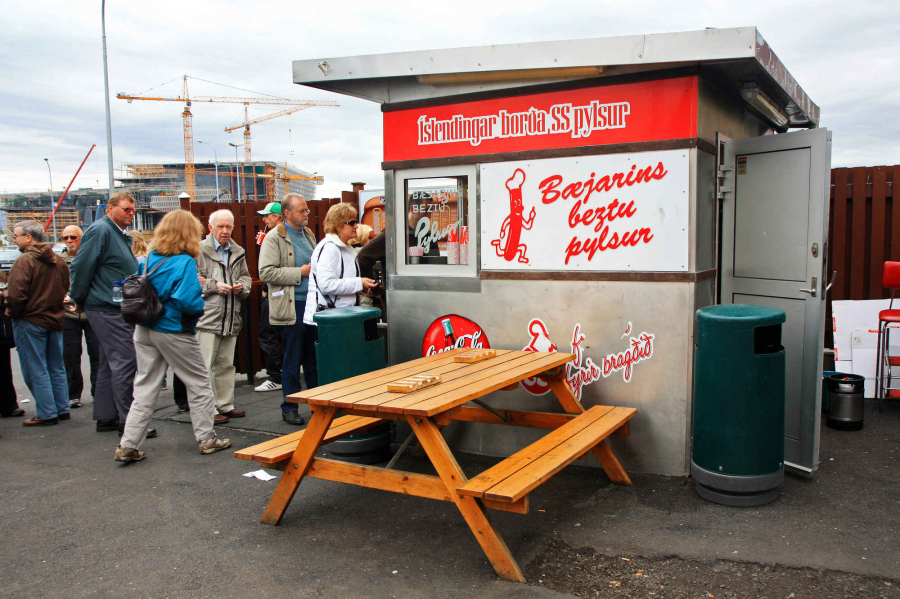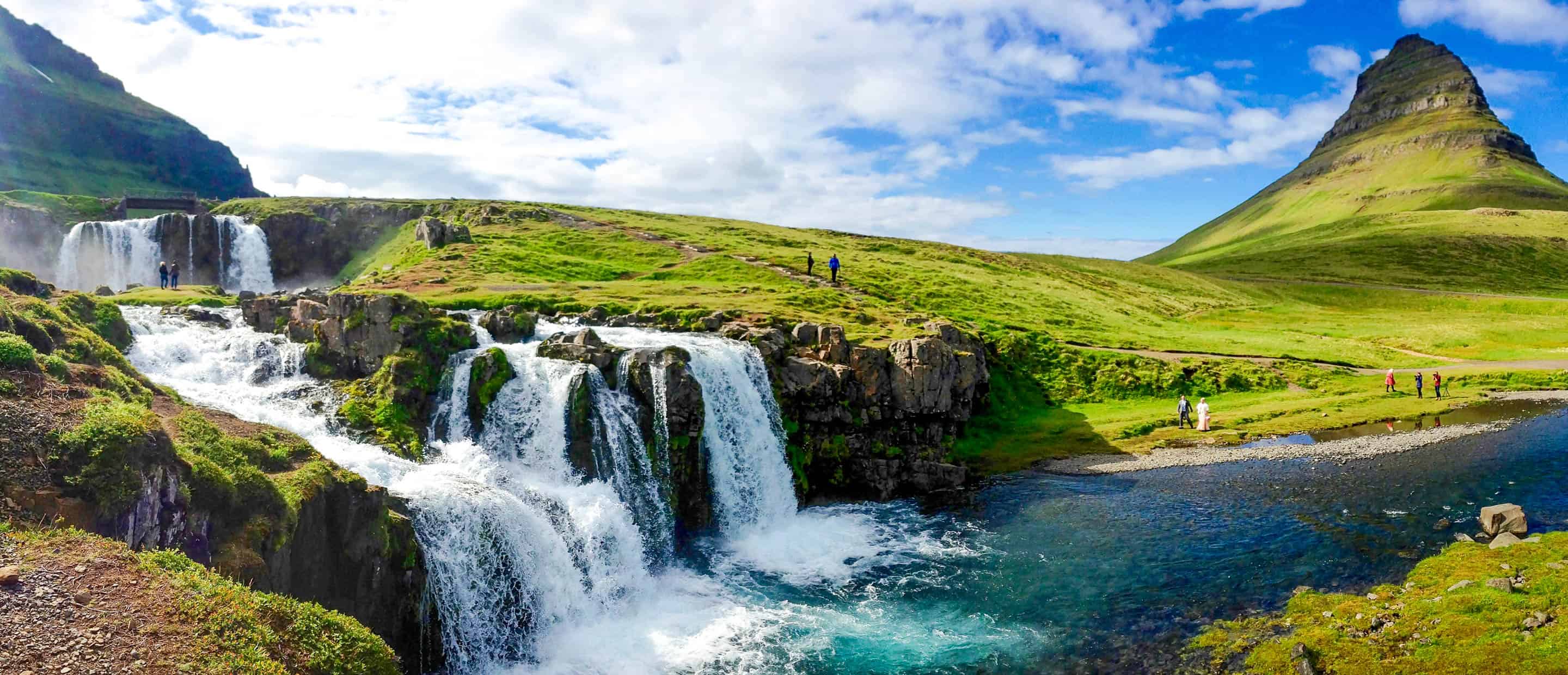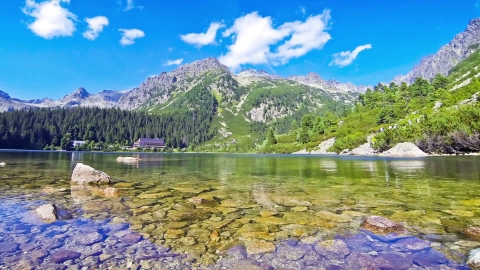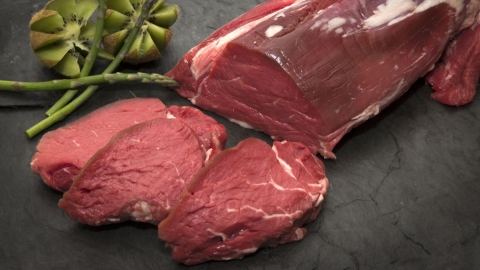According to Eurostat, in 2018, average consumer prices in Iceland were 56% higher than in the rest of Europe, making Iceland the most expensive country in Europe, above Switzerland (52%), Norway (48%) and Denmark (38%).
If visitors look at a menu at an average restaurant in Iceland, they can expect a pizza with just cheese to cost around 2,400 krona (roughly 17 euros or $19), a glass of wine will cost at least 10 euros, and a pint of beer (0.58 liters) will cost around 7 euros.
According to consumer price comparison website Numbeo, a dinner for two in an average restaurant ends up with a bill of around 85 euros, a bottle of wine in a shop costs around 17 euros, and a dozen eggs costs up to 5 euros.
To explain the high price above, there are 3 main reasons: Iceland's very small population (only about 355,000 people), heavy dependence on imported goods and high taxes on alcoholic beverages.

Regulations are also a factor, with imported products such as raw eggs or unpasteurized milk facing strict customs barriers. In addition, the large fluctuations in the Icelandic krona exchange rate in 2016-2017 have also led to a general increase in prices.
Konrad Gudjonsson, an economist at the Icelandic Chamber of Commerce, says there is a strong correlation between how expensive countries are to live in and how well their citizens live. Last year, the average monthly salary for a full-time worker in Iceland was 632,000 kronor before tax (about 4,450 euros, or $5,000). So while Iceland’s high cost of living may come as a shock to tourists, its residents are paid accordingly. Iceland has one of the highest average salaries in Europe.

































